DrgnHrtKat
Greenie
These matching rocks were found in my backyard, in Houston, around 1984.
I have always wondered what they could be!
I have always wondered what they could be!
Attachments
-
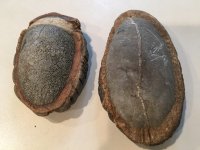 AD058F0C-3178-414E-A875-029C1CCD0C74.jpeg2 MB · Views: 162
AD058F0C-3178-414E-A875-029C1CCD0C74.jpeg2 MB · Views: 162 -
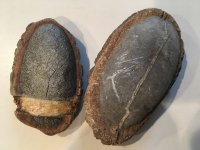 CB00C80C-189C-4770-81AF-63882E9DA270.jpeg2.1 MB · Views: 150
CB00C80C-189C-4770-81AF-63882E9DA270.jpeg2.1 MB · Views: 150 -
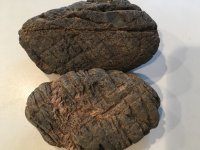 8326080C-1413-4719-9752-FA9D9DA423E9.jpeg2 MB · Views: 146
8326080C-1413-4719-9752-FA9D9DA423E9.jpeg2 MB · Views: 146 -
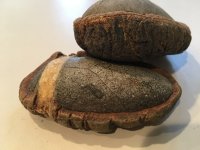 9AAA4718-5874-4FD9-ABA0-B8CE74FFD72C.jpeg1.8 MB · Views: 146
9AAA4718-5874-4FD9-ABA0-B8CE74FFD72C.jpeg1.8 MB · Views: 146 -
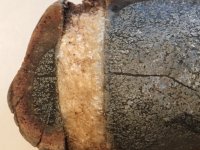 732499A0-931C-4AD8-B54F-D290DB462B61.jpeg1.6 MB · Views: 137
732499A0-931C-4AD8-B54F-D290DB462B61.jpeg1.6 MB · Views: 137










